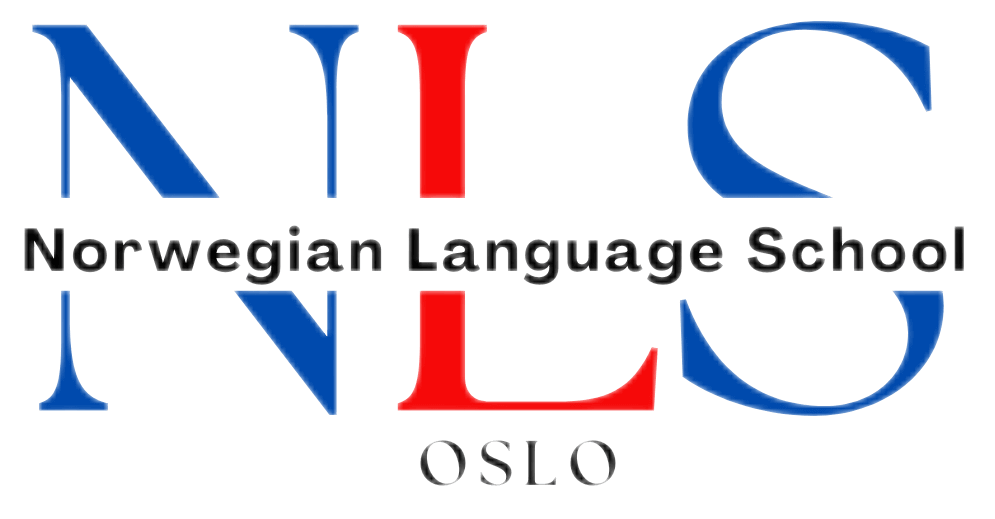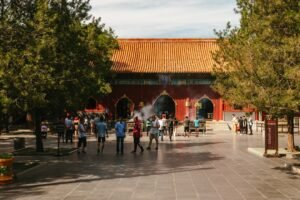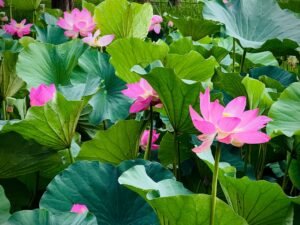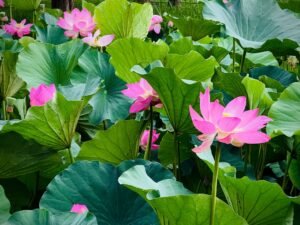
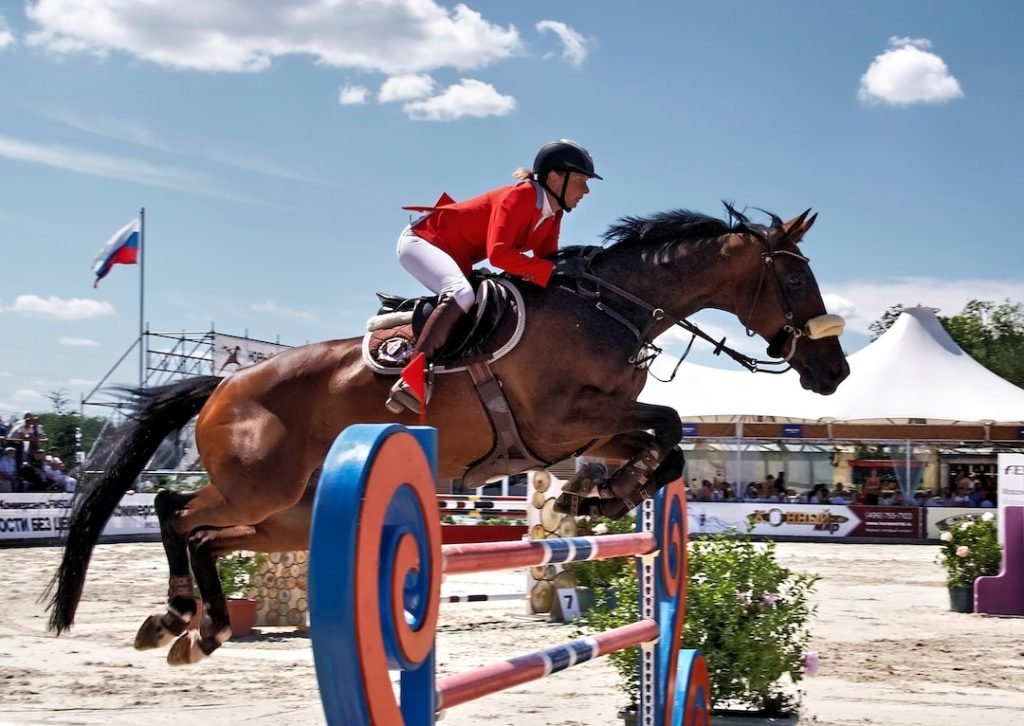
Learning Norwegian Vocabulary for Equestrian Sports and Horse Riding
Learning Norwegian vocabulary for equestrian sports and horse riding is essential for anyone involved in the equestrian world in Norway. Whether you are a rider, trainer, or horse owner, being able to communicate effectively with Norwegian counterparts can greatly enhance your experience and opportunities in the industry. By learning the language, you can build relationships, understand cultural nuances, improve safety, and enhance your overall performance in horse riding.
One of the key benefits of learning Norwegian vocabulary is the ability to build relationships with trainers, riders, and horse owners in Norway. Effective communication is crucial in any equestrian setting, as it allows for clear instructions, feedback, and understanding between all parties involved. By speaking Norwegian, you can establish a stronger connection with Norwegian trainers and riders, which can lead to more opportunities for collaboration, training, and competition.
Understanding cultural nuances is another advantage of learning Norwegian vocabulary for equestrian sports and horse riding. Each country has its own unique equestrian traditions, practices, and customs. By immersing yourself in the Norwegian language and culture, you can gain a deeper understanding of how equestrian sports are approached in Norway. This knowledge can help you adapt to local practices and expectations, making it easier to navigate the equestrian world in Norway.
Table of Contents
ToggleBenefits of Learning Norwegian Vocabulary for Equestrian Sports and Horse Riding
Learning Norwegian vocabulary for equestrian sports and horse riding can have numerous benefits that extend beyond communication. One of the key advantages is improved safety. In any equestrian activity, safety should always be a top priority. By understanding and being able to communicate effectively in Norwegian, you can better understand safety instructions, warnings, and guidelines provided by trainers or officials. This can help prevent accidents or misunderstandings that may arise due to language barriers.
Furthermore, learning Norwegian vocabulary can also enhance your performance in horse riding. Being able to understand and follow instructions in Norwegian can help you better execute techniques, maneuvers, and exercises. It can also improve your ability to communicate with your horse, as you can use Norwegian commands and cues that are familiar to them. This can lead to a stronger partnership between you and your horse, resulting in improved performance and success in competitions.
Norwegian Classes: How to Find the Right One for You
If you are interested in learning Norwegian vocabulary for equestrian sports and horse riding, there are several options available to you. One of the most popular options is taking a Norwegian language class specifically tailored for equestrian enthusiasts. These classes are designed to teach you the vocabulary and phrases relevant to the equestrian world, making it easier for you to communicate with trainers, riders, and horse owners.
When looking for a Norwegian language class, it is important to consider your own learning style and preferences. Some people prefer in-person classes, where they can interact with the instructor and fellow students face-to-face. Others may prefer online courses, which offer flexibility and convenience. Additionally, consider the teaching methods used by the language school or instructor. Look for classes that incorporate interactive activities, real-life scenarios, and practical exercises to help you apply what you have learned in a meaningful way.
Norwegian Language School: What to Expect
Attending a Norwegian language school for equestrian sports and horse riding can be a rewarding experience. These schools provide a structured learning environment where you can immerse yourself in the language and culture. By attending a language school, you can expect personalized instruction, immersive activities, and a supportive community of fellow learners.
One of the key benefits of attending a language school is immersion. Being surrounded by the language on a daily basis can greatly accelerate your learning process. You will have ample opportunities to practice speaking Norwegian with instructors and classmates, which can help improve your fluency and confidence. Additionally, language schools often organize cultural activities and excursions, allowing you to further immerse yourself in Norwegian culture and gain a deeper understanding of the equestrian world in Norway.
Beginner’s Guide to Learning Norwegian Vocabulary for Equestrian Sports and Horse Riding
If you are a beginner in learning Norwegian vocabulary for equestrian sports and horse riding, it is important to start with the basics. Begin by learning common greetings, introductions, and polite phrases that are essential for communication in any setting. This will help you establish a good foundation for further learning.
Next, focus on learning basic equestrian vocabulary and phrases. Start with simple words such as horse (hest), rider (rytter), saddle (sal), bridle (tømme), and stirrup (stigbøyle). Practice using these words in simple sentences, such as “Jeg elsker å ri på hest” (I love riding horses) or “Kan du vise meg hvordan jeg skal sette på salen?” (Can you show me how to put on the saddle?).
Intermediate Guide to Learning Norwegian Vocabulary for Equestrian Sports and Horse Riding
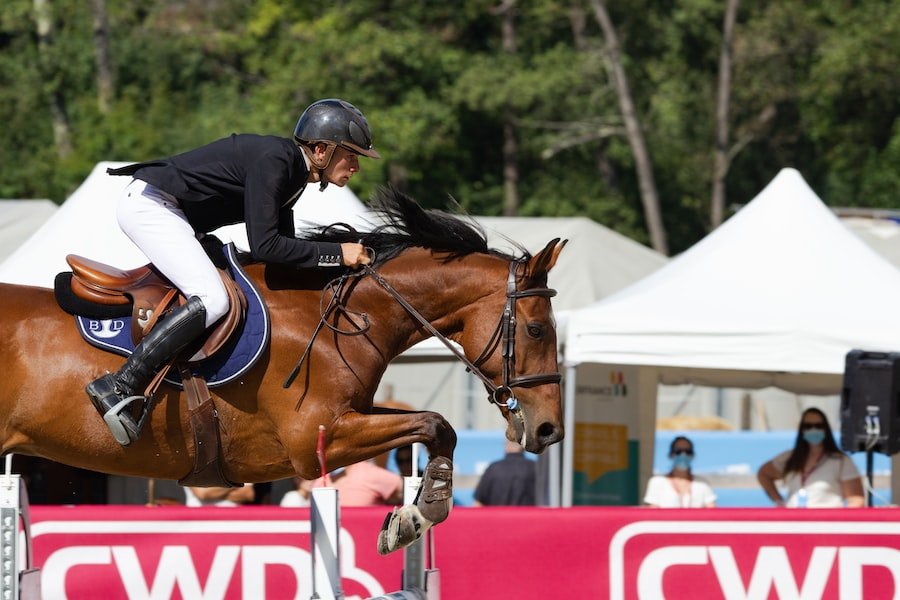
Once you have mastered the basics, you can move on to more intermediate-level vocabulary and phrases. This includes learning more specific equestrian terms related to different disciplines or aspects of horse riding. For example, if you are interested in dressage, you can learn words such as collection (samling), extension (utvidelse), half-pass (travers), and flying change (bytte galopp).
In addition to discipline-specific vocabulary, it is also important to learn phrases that are useful for more complex conversations and interactions. This includes phrases for giving and receiving instructions, asking for clarification, expressing preferences, and discussing training techniques. Practice using these phrases in role-play scenarios or real-life situations to improve your conversational skills.
Advanced Guide to Learning Norwegian Vocabulary for Equestrian Sports and Horse Riding
For those who have reached an advanced level in learning Norwegian vocabulary for equestrian sports and horse riding, it is time to focus on specialized vocabulary and phrases. This includes learning terms that are specific to certain disciplines or aspects of equestrian sports. For example, if you are interested in show jumping, you can learn words such as oxer (oxer), combination (kombinasjon), vertical (rett hinder), and triple bar (trippelbar).
In addition to discipline-specific vocabulary, advanced learners should also focus on expanding their knowledge of idiomatic expressions, slang, and colloquialisms. This will help you better understand and communicate with native Norwegian speakers in a more natural and authentic way.
Tips and Tricks for Learning Norwegian Vocabulary for Equestrian Sports and Horse Riding
Learning Norwegian vocabulary for equestrian sports and horse riding can be challenging, but with the right approach, it can also be enjoyable and rewarding. Here are some tips and tricks to help you along the way:
1. Set specific goals: Determine what you want to achieve with your language learning journey and set specific goals for yourself. This will help keep you motivated and focused.
2. Practice regularly: Consistency is key when it comes to language learning. Set aside dedicated time each day or week to practice your Norwegian vocabulary. This can be as little as 15 minutes a day, but regular practice will yield better results than sporadic studying.
3. Use a variety of resources: Don’t limit yourself to just one resource or method of learning. Explore different textbooks, online courses, apps, podcasts, and language exchange platforms to find what works best for you.
4. Immerse yourself in the language: Surround yourself with the Norwegian language as much as possible. Listen to Norwegian music, watch Norwegian movies or TV shows, and try to incorporate the language into your daily life.
5. Find a study buddy: Learning with a partner or study group can make the process more enjoyable and interactive. Practice speaking Norwegian with a fellow learner or find a language exchange partner who is a native Norwegian speaker.
Common Norwegian Vocabulary for Equestrian Sports and Horse Riding: A Comprehensive List
Here is a comprehensive list of common Norwegian vocabulary for equestrian sports and horse riding, organized by discipline or topic:
1. General Equestrian Vocabulary:
– Horse (hest)
– Rider (rytter)
– Saddle (sal)
– Bridle (tømme)
– Stirrup (stigbøyle)
– Rein (tøyler)
– Bit (bitt)
– Gallop (galopp)
– Trot (tølt)
– Canter (trav)
2. Dressage Vocabulary:
– Collection (samling)
– Extension (utvidelse)
– Half-pass (travers)
– Flying change (bytte galopp)
– Piaffe (piaffe)
– Passage (passage)
– Pirouette (piruett)
3. Show Jumping Vocabulary:
– Oxer (oxer)
– Combination (kombinasjon)
– Vertical (rett hinder)
– Triple bar (trippelbar)
– Double clear round (dobbelt nullrunde)
4. Cross-Country Vocabulary:
– Water jump (vannhinder)
– Bank jump (bankhinder)
– Ditch (grøft)
– Brush fence (børstehinder)
5. Horse Care Vocabulary:
– Feed (fôr)
– Hay (høy)
– Water (vann)
– Grooming brush (pleiebørste)
– Hoof pick (hovrenser)
Mastering Norwegian Vocabulary for Equestrian Sports and Horse Riding
Mastering Norwegian vocabulary for equestrian sports and horse riding can greatly enhance your experience and opportunities in the equestrian world in Norway. By being able to communicate effectively with Norwegian trainers, riders, and horse owners, you can build relationships, understand cultural nuances, improve safety, and enhance your overall performance in horse riding. Whether you choose to attend a Norwegian language class, use online resources, or immerse yourself in the language through cultural activities, the key is to practice regularly and stay motivated. So, continue your language learning journey and enjoy the benefits that come with mastering Norwegian vocabulary for equestrian sports and horse riding.
If you’re interested in learning Norwegian vocabulary specifically related to equestrian sports and horse riding, you might also find this article on common phrases in Norwegian for beginners helpful. It covers basic phrases and expressions that can be useful in various everyday situations. Check it out here.
FAQs
What is the article about?
The article is about learning Norwegian vocabulary related to equestrian sports and horse riding.
Why is it important to learn Norwegian vocabulary for equestrian sports and horse riding?
Learning Norwegian vocabulary for equestrian sports and horse riding is important for individuals who want to communicate effectively with Norwegian speakers in the horse riding community. It also helps in understanding the terminology used in Norwegian equestrian sports.
What are some common Norwegian words related to horse riding?
Some common Norwegian words related to horse riding include hest (horse), ridebane (riding arena), galopp (gallop), trav (trot), skritt (walk), sal (saddle), og tøyle (reins).
How can I learn Norwegian vocabulary for equestrian sports and horse riding?
You can learn Norwegian vocabulary for equestrian sports and horse riding by taking language classes, using language learning apps, reading Norwegian equestrian sports magazines, and practicing with native Norwegian speakers.
What are some tips for learning Norwegian vocabulary for equestrian sports and horse riding?
Some tips for learning Norwegian vocabulary for equestrian sports and horse riding include practicing regularly, using flashcards, watching Norwegian equestrian sports videos, and immersing yourself in the language by attending Norwegian equestrian sports events.
If you want to learn Norwegian, you can register for classes here. We look forward to hearing from you and helping you become fluent in Norwegian.
